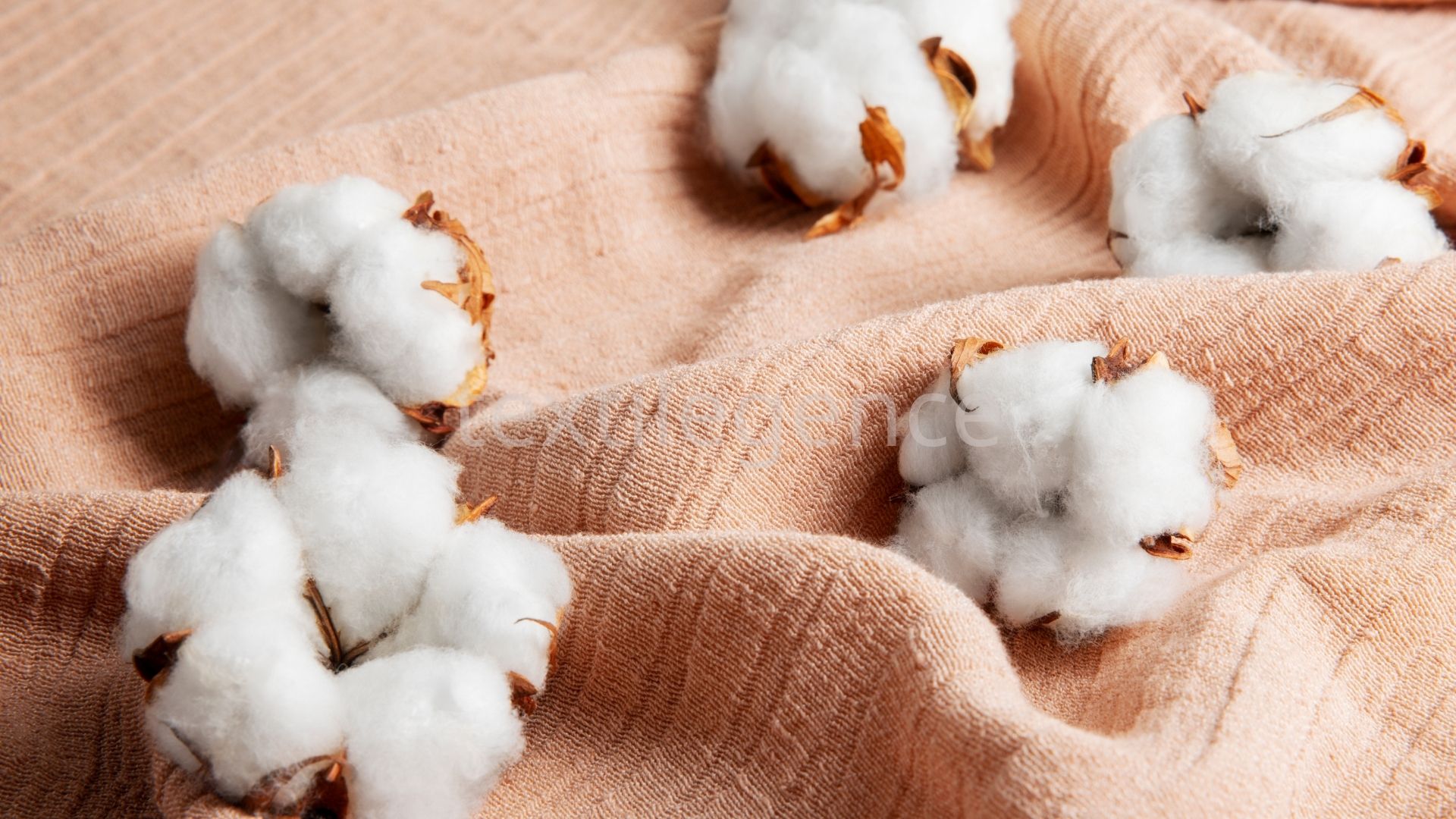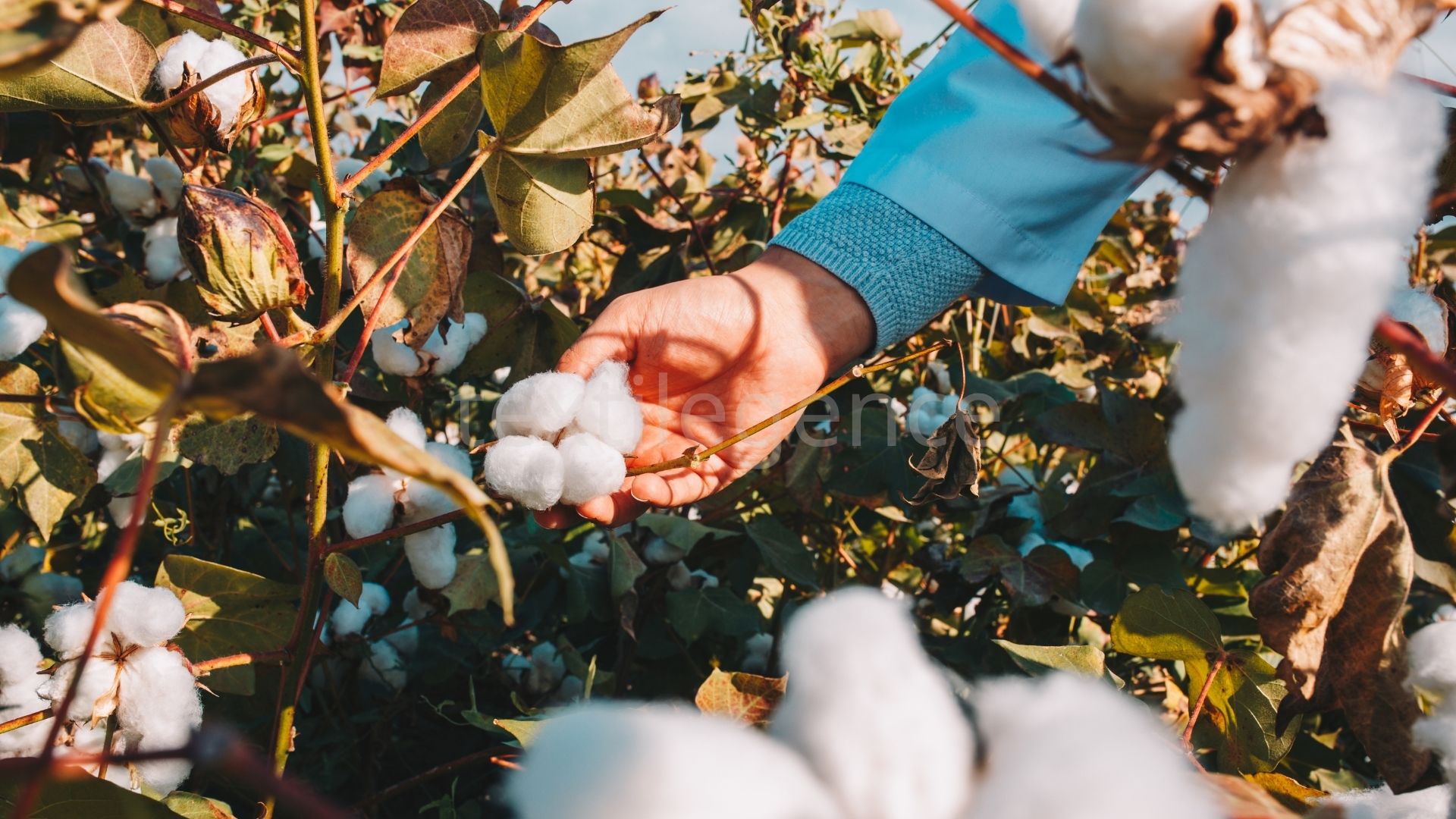In a statement made on October 7, World Cotton Day, National Cotton Council President Fevzi Çondur emphasized that cotton is of strategic importance for Türkiye. He noted that climate change and shrinking water resources are among the biggest threats to cotton production, drawing attention that climate-induced water shortages make production planning impossible.
He shared the following current figures: “According to International Cotton Advisory Committee (ICAC) data, 25 million 287 thousand tons of cotton were produced worldwide in the 2024-2025 season. Türkiye ranked seventh in cotton production with 840 thousand tons. According to ICAC estimates for the 2025-2026 season, global cotton production is expected to reach 25 million 438 thousand tons, with Türkiye’s production forecast at 780 thousand tons.”
“New irrigation projects should be implemented”
Çondur highlighted that cotton producers have suffered serious yield losses in recent years due to drought, saying: “Climate change and the depletion of water resources are among the biggest threats to cotton production. Climate-induced water shortages make production planning impossible. As irrigation costs rise, producers who cannot access water are giving up on growing cotton. This is not only an agricultural problem, but also a problem of rural development and economic stability.”
He added that pressurized irrigation methods should be promoted, new irrigation projects should be implemented, a common will should be demonstrated regarding the effective management of water, cotton varieties that are resistant to climatic conditions and use water more efficiently should be developed, and these varieties should be made available to producers.

World Cotton Day 2025 – The Fabric of our Lives
The World Cotton Day first held on October 7, 2019, in Geneva, hosted by the World Trade Organization (WTO), proclaimed by the General Assembly of the United Nations on August, 2021. This give an opportunity to remember the fact that the cotton is an indispensable part of our lives and to discuss the better ways to achive a sustainable cotton sector.
World Cotton Day 2025 organized jointly by the Republic of Chad, the Food and Agriculture Organization of the United Nations (FAO), and the International Trade Centre (ITC) takes place on Tuesday, 7 October 2025 at FAO Headquarters.
This year’s celebration showcase the many opportunities within the cotton sector, highlighting its vital role in fostering international trade and inclusive economic growth. Discussions focus on boosting productivity at all levels, advancing innovative strategies for adding value along the value chain, and reinforcing the power of trade to support a better future for all.
Cotton is the second-most used fibre globally after polyester
Cotton sustains about 24 million growers and benefits over 100 million families globally and is the second-most used fibre globally after polyester, making up approximately 20 percent of total fibre demand. However, cotton’s share of global fibre consumption declined from 60 percent in the 1960s to 22 percent in 2024, while synthetic fibres have seen substantial growth.
The value of global cotton production is estimated at over USD 75 billion annually, while World trade in cotton amounts to approximately USD 20 billion annually. Approximately 80 percent of cotton is used in apparel, with the remainder used in home textiles and industrial products.
Cotton is grown in subtropical and seasonally dry tropical areas in both the northern and southern hemispheres. The top five cotton-producing countries are China, India, Brazil, the United States of America, and Pakistan, which together account for more than three-quarters of global production. In 2024, Brazil and USA were the world’s largest cotton exporters, while Bangladesh and Vietnam were the largest importers.
Women account for an estimated 43 percent of the labour force in cotton production, playing a vital role in tasks such as planting and harvesting – particularly in Africa and Asia.


